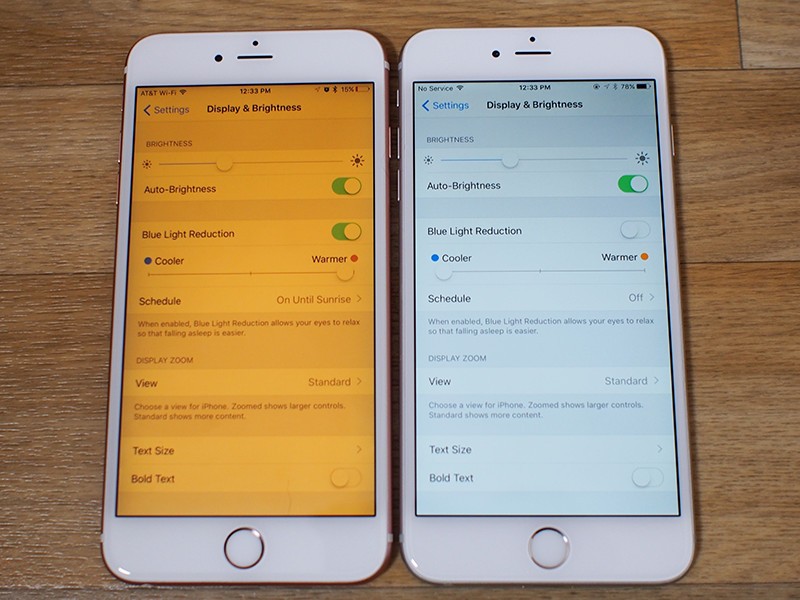
When you first slide the white-point slider to the left (warmer), it will look too orangey. So, experiment with the White Point slider at the end of the calibration process to get a pleasing color balance. comfort during calibrationĪpple designed its Display Calibrator Assistant to help you get the most accurate color out of your monitor, not the most comfortable color. Don’t be afraid to go off-road in the calibration assistant. In fact, that’s the whole point of this post.


Depending on the ambient light color, you may prefer different screen colors. The next tip is to try running the assistant at different times of day. You can probably get away with using regular mode most of the time, especially just for tweaking the display’s white point. Expert mode lets you adjust your screen’s gamma (color contrast) using a combination of squinting and sliding. To switch it on, just hold down the ⌥ key when you click the Calibrate… button in the Color tab of the Displays preference pane. Take a look at the screenshots above to see the extra options you get in Expert Mode. I won’t go into the whole process here, as it’s easy (and fun) to follow along. Just press Calibrate… and the assistant will walk you through the process, step by step. You can find this from the same Displays preference panel as Night Shift, under the Color tab. If your Mac doesn’t offer Night Shift, or if you want more control, then fire up the Apple Display Calibrator Assistant.
#Night shift mac warm manual
This, combined with manual scheduling controls that let you leave Night Shift on all day, lets you fine-tune your Mac’s monitor to make your eyes more comfortable.Ģ) Use Apple Display Calibrator Assistant Regular and Expert modes in the Display Calibrator Assistant. But you can also manually tweak the underlying color temperature, using the more warm/less warm slider. The easiest option is to set it to a sunrise/sunset schedule, which automatically shifts the colors when most needed. To use Night Shift, open System Preferences > Displays, and click the rightmost tab, labeled Night Shift.
#Night shift mac warm pro

A reduction in blue light triggers the body to produce more melatonin, which gradually lulls into a restful sleep. The scientific theory surrounding circadian rhythms is that our bodies take these cues from our environment – which happens to be blue light. This means that over time, our bodies will lose track of when it’s time to sleep and wake up. Scientists believe that overexposure to these harmful blue light rays can confuse and alter our body’s natural circadian rhythms. It just so happens that Apple finally listened to their science-driven crowd that wanted a solution to absorbing bright light well into the evening hours. Medical professionals have been prescribing and touting the benefit of blue-light reducing apps for several years. However, the result isn’t a technical reduction in blue light, but rather a filtered amber version. As electronic manufacturers are listening to doctor’s concerns about the harmful effects of overexposure to blue light, do they hit the mark with features such as Apple’s Night Shift?Īpple’s latest feature, Night Shift, uses geolocation and sunset time data to reduce the amount of blue light your device emits.


 0 kommentar(er)
0 kommentar(er)
